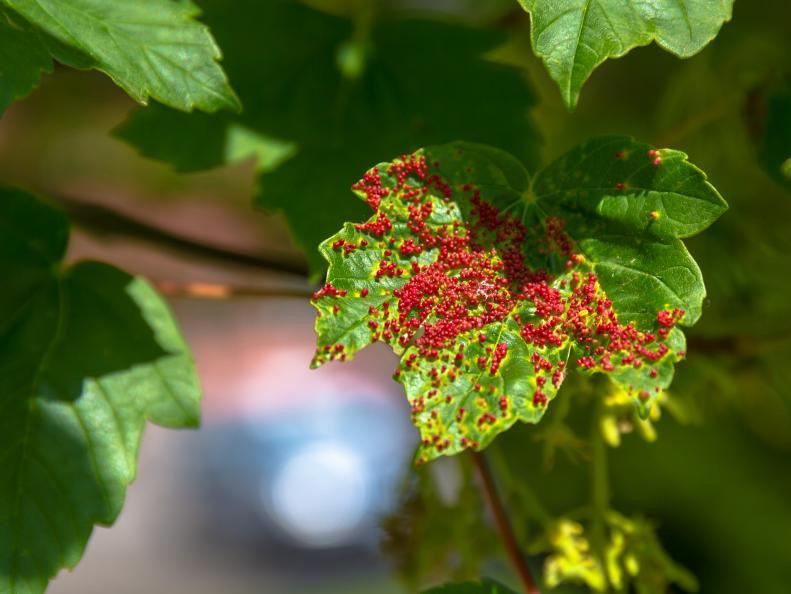1 / 45
Photo: Shain Rievley
How to Spot Plant Pests in Your Garden
Many types of bugs see your garden as a big, free buffet. At first, you may not know there are bugs eating your plants until you find sunken, brown spots on your apples or see tiny, white insects flying around your tomato plants. Holes in leaves, small grubs around the roots of container plants, speckled foliage and skeletonized leaves are just a few signs of garden pests.
The best offense is a good defense. Check your plants often and act as soon as you spot a problem. Some types of bugs can be deterred by knocking them off with a spray of water from your hose. Banish other pests without chemicals, use good organic gardening practices or hand-pick and discard large bugs. Read on to learn how more about common garden pests.









